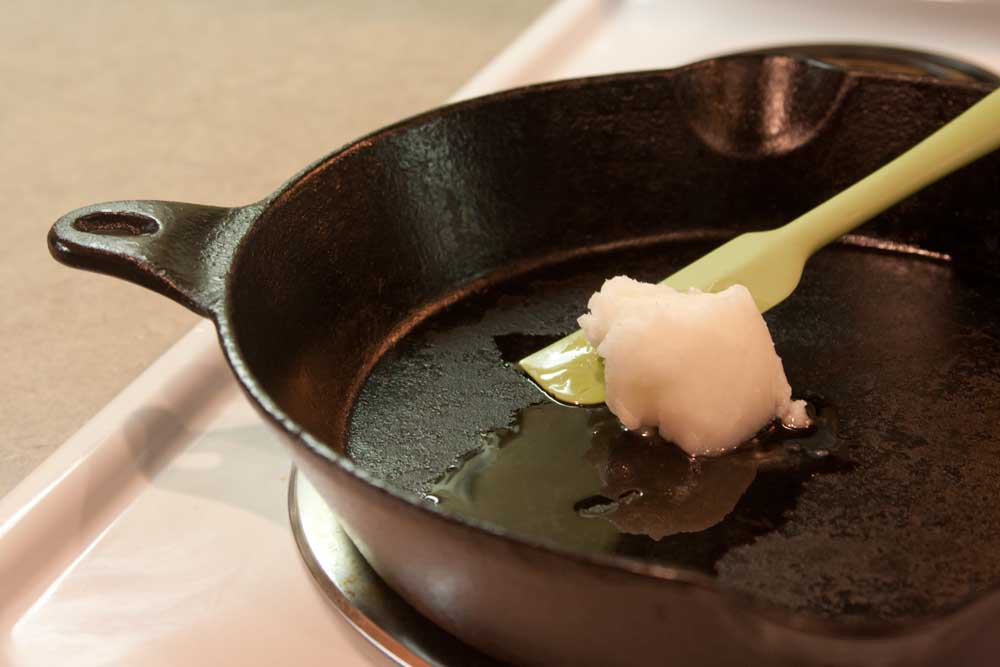The Good Fats
Published 12:00 am Saturday, September 20, 2014

- The Good Fats
Fat is necessary for cooking, but it need not be a necessary evil. Options for healthy cooking oils abound, and simply knowing which are best for various types of cooking can simultaneously create better tasting foods and optimize nutrition.
Good fats – otherwise known as polyunsaturated and monounsaturated fats – should be the first to turn to when cooking. Common oils containing monounsaturated fats are olive, avocado, peanut, canola and sesame oils. Oils with mostly polyunsaturated fats include flax seed, soybean, corn, sunflower and walnut oils.
“Oils that are liquid at room temperature are going to have the least amount of saturated fat,” said Lori Brizee, a registered dietitian with Central Oregon Nutrition Consultants in Bend. “You’re going to be better off eating more fats that are polyunsaturated and monounsaturated.”
Saturated fats mainly come from animal sources and tropical oils and are solid enough to hold their shape at room temperature. Oils with saturated fats, such as butter or coconut oil, are fine to cook with but should be limited because they are associated with an increase in LDL (bad) cholesterol levels.
“Having some saturated fat in your diet adds flavor and satiety,” said Dr. Azure Karli, a licensed naturopathic physician with Bend Naturopathic Clinic. For added flavor in high heat cooking, Karli recommends using ghee (clarified butter with a higher smoke point).
Trans fats, found in products with partially hydrogenated oils, should be avoided completely because they lower HDL (good) cholesterol and raise LDL (bad) cholesterol levels, increasing the risk of coronary heart disease.
Of the good fats, knowing which to use largely depends on cooking temperature and flavor preference (see “Best Uses” for guidelines). The rising popularity of refined canola oil is due in part to its versatility and bland flavor that does not overwhelm the food being cooked. For foods cooked at low and medium heats, olive oil is revered for its fruity flavor and presence of monounsaturated fats.
“I’m a fan of olive oil,” said Karli. “If you were to choose one oil only, I would choose organic, cold-pressed extra-virgin olive oil, from a new, dark bottle.”
Proper storage of olive and other oils is important, as they have a tendency to oxidize over time. Consuming oils that are oxidized can cause free radical production in the body, said Karli. Some oils, particularly polyunsaturated ones, should even be kept in the refrigerator to avoid rancidity. Oil that is rancid takes on a characteristic bad taste and smell, in which case it should be discarded.
Many cooking oils today are refined or bred for added stability. Most of the canola oil used in everyday cooking is refined for added stability. Sunflower oil, extracted from sunflower seeds and naturally high in polyunsaturated fatty acids, is now available in a high-oleic version, meaning the sunflowers are bred to have a higher concentration of oleic acid, a monounsaturated fatty acid. This gives it more stability and a longer shelf life. High oleic safflower oil is also commercially available.
Utilizing healthy cooking oils is an essential component to overall health. But consumption of vegetarian sources of omega-3 fatty acids, such as flax, almond and avocado oil, still cannot replace fish oils that our body needs, said Brizee. Consuming at least two servings of fatty fish – like salmon, tuna, trout or sardines – per week will ensure that your body has the omega-3 oils essential to coronary health and brain growth and development.
“Use healthy oils, but still eat your fish,” said Brizee.






